Country Selector: Asia
The solution for a burnt-out industry
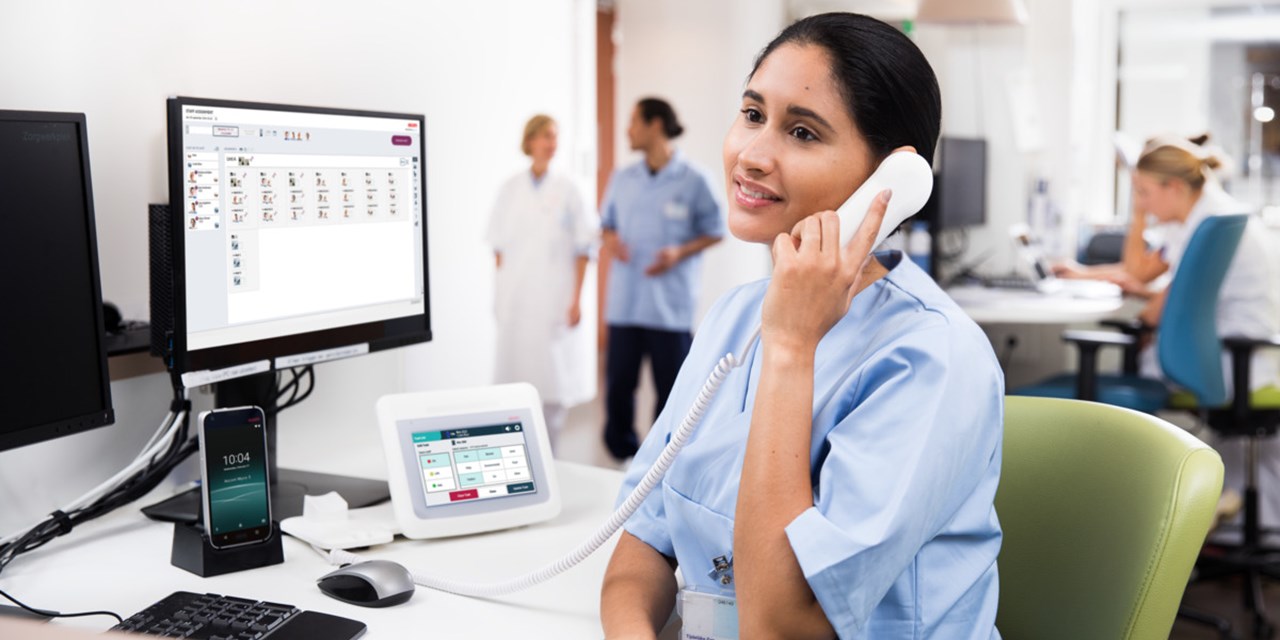
It’s no secret that the healthcare system is under pressure. Following multiple lockdowns across the country due to COVID-19, the industry is experiencing more staffing shortages than ever before – and those who are working within the medical industry (and in hospitals in particular) are burnt out, overworked, and highly stressed.
Aged care is taking the brunt of the strain, but we’re seeing almost all areas of healthcare impacted by our post-COVID (new) normal, including hospitals. Things were tough before, but they’re even tougher now, and it’d be remiss of the industry to assume that simple solutions will solve such a large, complex and long-standing problem.
According to Deloitte’s 2022 Global Health Care Outlook, the solution lies in adopting new technologies within hospitals that will allow healthcare teams to better respond to the pressures of an essential, in-demand industry run by overworked individuals. And, as well as ensuring patients receive the high-quality care they deserve, these technologies will work to allow hospitals to reduce their carbon footprint.
Ascom’s Rapid Response White Paper: Key Findings
Our Rapid Response white paper was presented as part of the International Forum on Quality Safety in Healthcare Sydney. It highlighted key areas in which technology can alleviate workplace pressures in hospitals and other healthcare environments, providing more support for teams and ensuring better health outcomes for patients.
Here are some of the areas we outlined within the report.

All healthcare services require communication; it is the foundation of a well-functioning team and hospital. While there are, of course, isolated examples of innovative technologies being utilised to improve healthcare, Australia’s health system hasn’t yet realised the potential of using technology to improve internal communications.
Ascom’s Healthcare Platform was developed to integrate IT and communication platforms within hospitals to enhance end-to-end coordination and patient care. This system streamlines alerts, notifications and patient information, and unifies communications by integrating with a wide range of healthcare devices, systems and apps), allowing medical teams to gain access to everything they’ll need, via one easy-to-use tool. Think of better task prioritisation, easy access to patient information and needs, and better onboarding processes for new team members and junior staff.
Along with bridging digital information gaps and improving the immediate care of patients, the Ascom Healthcare Platform will provide hospitals with analytics and actionable insights that deliver long-term workplace efficiencies, improve time management within teams, and identify (and help solve) bottlenecks in workflows.
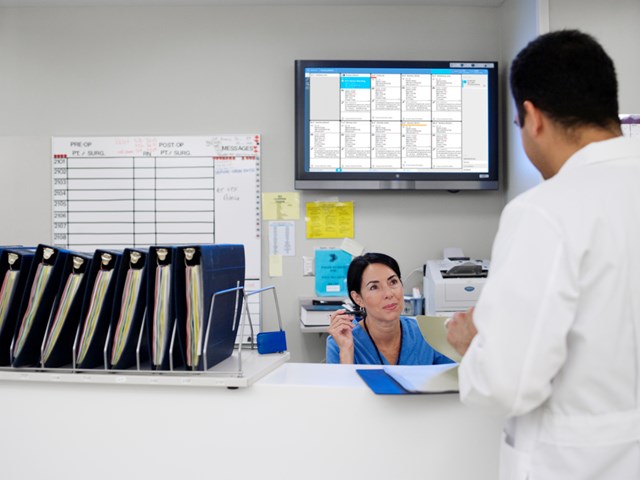
The COVID-19 pandemic saw an increased number of patients being cared for at home, partly as a consequence of the high demand for hospital beds. Thankfully, the adoption of additional technology within hospitals will assist healthcare workers in managing a larger workload without the added stress, allowing more patients to receive in-hospital care.
However, when it comes to infectious diseases, experts have highlighted the importance of keeping patients at home for as long as possible. Providing them with at-home care is essential in order to minimise the risk to vulnerable hospital patients, and with this type of care, robust communication systems are required to ensure patients are properly looked after.
At-home communication systems became essential during the pandemic, with Dr Melanie Berry (Medical Director, Western NSW CCIC) emphasising this at the Forum. While the COVID-19 pandemic spread across the country, over 13,000 patients required at-home care. 40% of these patients were Indigenous.
Ascom’s Digistat Wearables system was developed to allow hospitals to move beyond the typical ‘bricks and mortar’ structure they were operating under, pre-pandemic. Providing hospitals with the tools to remotely monitor patients is a future-focussed way to care for patients in an appropriate, convenient and risk-averse setting. The Digistat Wearables consist of wearable medical devices that are equipped with sensors and integrated with the Ascom Myco 3 professional-grade smartphone, allowing chronically ill and elderly patients to be monitored at home without increasing the workload of hospital workers.

The healthcare sector is currently being faced with issues surrounding staff shortages and employee burnout. While this was the case pre-pandemic, studies show the issue is gradually worsening, with nurses experiencing it to a greater extent after working longer shifts without adequate breaks throughout the pandemic. The ANMF National Aged Care COVID-19 Survey 2022 found that 37% of nurses surveyed planned to leave their job within 1-5 years, and 21% planned to leave within the next 12 months.
Attracting and retaining nurses is becoming a challenge within the Australian healthcare system – but there is a solution. The Ascom Nurse Call solutions can capture and share information from multiple sources to help enable faster nurse response times while empowering the patient to control their own environment. This system works to connect nursing staff to patients at the push of a button, allowing managers, caregivers and healthcare teams to make important decisions surrounding patient care.
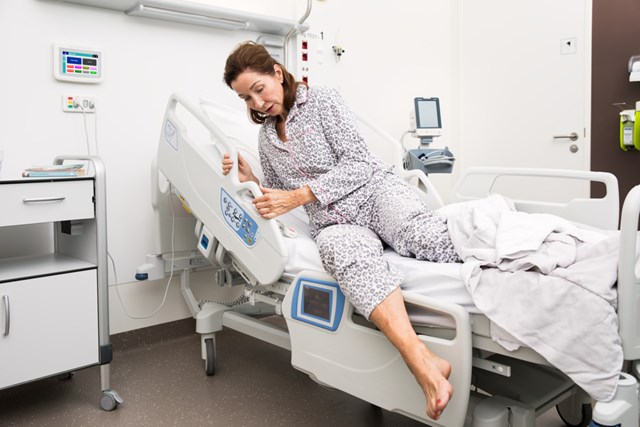
At the pandemic’s most critical moments, healthcare workers experienced an infection rate 2.7 times higher than the general population. They were being exposed to COVID-19 every single day, and this naturally became a great source of stress for most workers.
COVID-19 proved just how important it is for hospitals to implement strategies that keep their employees safe, while simultaneously ensuring patients receive the attentive care they need. Ascom’s alert management system can be utilised to achieve all of the above; it collects information from multiple devices, filters the information, and then sends alerts to the phones of designated carers.
This technology has effectively reduced the need for staff to physically check in on infectious patients, reducing their risk of contracting contagious diseases such as COVID-19.
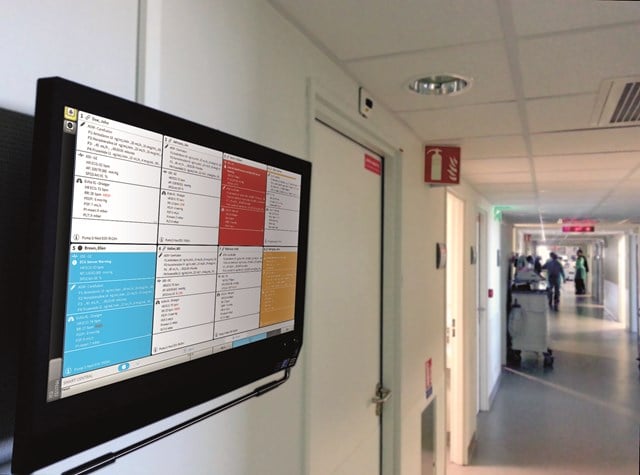
Human care is often the central focus of healthcare – and we agree that this should, without a doubt, always be a core focus within the healthcare sector. However, the World Health Organisation (WHO) has previously referred to climate change as “the greatest threat to human health”, so taking the climate into account when reviewing our healthcare and hospital system is essential in ensuring the health of the Australian (and global) population.
In Australia, the healthcare sector alone accounts for 7% of the country’s carbon emissions, with much of this stemming from public and private hospitals which have huge energy demands predominantly met by coal-powered electricity. Making our hospitals more environmentally friendly will help reduce the carbon footprint of our health system, and help support action to minimise the health impacts of climate change.
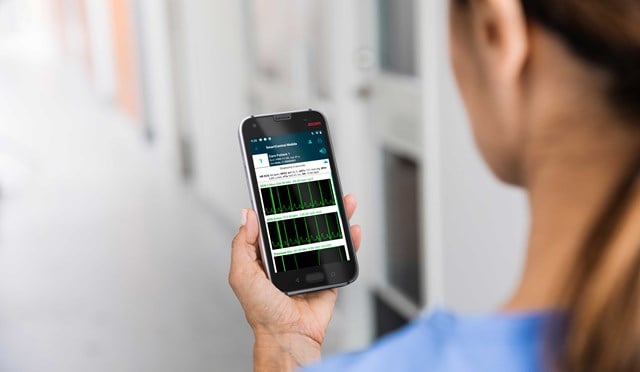
Hospitals are increasingly orienting their systems towards person-centred care that is both respectful of and responsive to the preferences, needs and values of the individual patient. While patient-centred care ensures patients are well looked after, it also significantly increases healthcare worker job satisfaction.
Communication is extremely important when it comes to patient-centred care. It’s not a nice-to-have, it’s a must-have, and good communication helps healthcare workers and carers to provide adequate emotional support, physical comfort and continuity of care to patients.
Communications technology (such as the Ascom Myco phone) considers the patient’s needs by streamlining devices and alerts to reduce noise and interruptions and improve the rapidity of response. It also lessens disruptions for patients, as staff are able to access key information without needing to physically visit the patient to collect data. Plus, a more integrated system means less margin for error. It’s a game changer for hospitals, in more ways than one.
Our Recommendations
There are many takeaways from our white paper, but we’ve tied them up in one neat bow for you:
The recommendation outlined in our white paper is that the Australian Government should establish a dedicated health technologies fund to provide state governments with funding that will allow them to purchase and/or upgrade health and communications technologies to reduce pressure within the healthcare sector.
We believe the outcome will contribute towards improved hospital performance, a more appealing workforce for nursing graduates to enter into, staff longevity, a reduction in burnout, better communication (both within teams and with patients), and improved quality of care.
Summary
It’s no secret that Australia’s healthcare system is under pressure. Following multiple lockdowns across the country due to COVID-19, the industry is experiencing more staffing shortages than ever before – and those who are working within the medical industry (and in hospitals in particular) are burnt out, overworked, and highly stressed.
According to Deloitte’s 2022 Global Health Care Outlook, the solution lies in adapting new technologies within hospitals that will allow healthcare teams to better respond to the pressures of an essential, in-demand industry run by overworked individuals. And, as well as ensuring patients receive the high-quality care they deserve, these technologies will work to allow hospitals to reduce their carbon footprint.
From Ascom’s Healthcare Platform to ‘going paperless’, Digistat Wearables to Ascom Myco phones, our recent white paper highlights the importance of adopting technologies to improve patient outcomes, employee satisfaction (and longevity within the workforce), and our collective health as a country as the impacts of climate change continue to loom.
